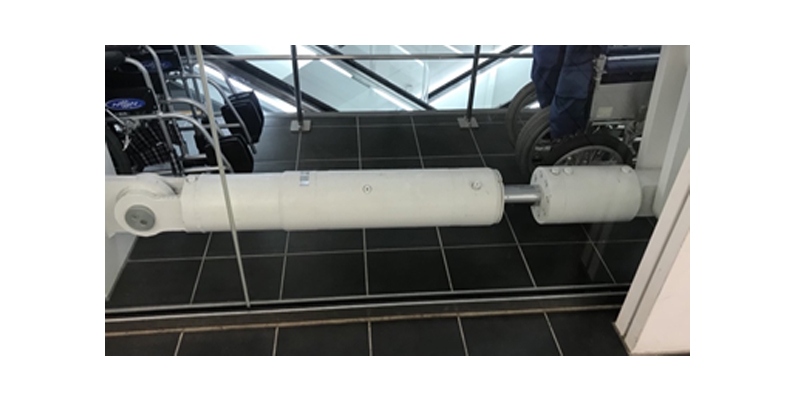Downloads
DOI:
https://doi.org/10.7480/jfde.2021.2.4986Keywords:
unreinforced masonry , facadism, heritage conservation , seismic risk mitigation , passive energy dissipationAbstract
Urban renewal projects typically involve redevelopments of under-utilized old buildings and revitalizing precious land resources. Due to architectural and social-economic reasons, historical façades are sometimes retained, and new constructions are built behind them. This allows the historical façade, typically the street elevation, to remain while new real estate can be redeveloped. In the profession of architecture, this is called façadism. In many cases, these historical façades are constructed with unreinforced masonry (URM). When these facades are retained and the remaining of the building is demolished, they become free-standing walls. Temporary supports are required throughout construction works and the retained façades must be designed to prevent excessive movements, allowed for differential movements and to resist wind forces. These historical façades were made of brittle materials and were constructed many decades ago before modern design standards and materials are available. They possess very little ductility and become vulnerable when subjected to ground shaking. The present study suggests a structural system that attempts to mitigate seismic risk of façadism constructions effectively. The structural system divides the new construction, which can be a reinforced concrete structure or a steel frame structure, into two separate frames. A seismic gap is introduced between them and produces two systems of different vibrational characteristics. Supplemental energy dissipating devices such as viscous fluid or friction dampers are placed in-between adjacent floors. The proposed structural system utilizes the different vibrational responses of two frames to facilitate energy dissipation in dampers. In this article, governing equations are presented, followed by numerical simulations using historical earthquake acceleration histories. Results demonstrate that the suggested structural system is an effective methodology to suppress seismic responses of the façade and the new construction. It is concluded that damage on the retained façades can be prevented, and at the same time seismic responses to the newly constructed structure can be controlled.
How to Cite
Published
Issue
Section
License
Copyright (c) 2021 Ricky W.K. Chan, Shilin Wang, Waiching Tang

This work is licensed under a Creative Commons Attribution 4.0 International License.
Authors or their institutions retain copyright to their publications without restrictions.
